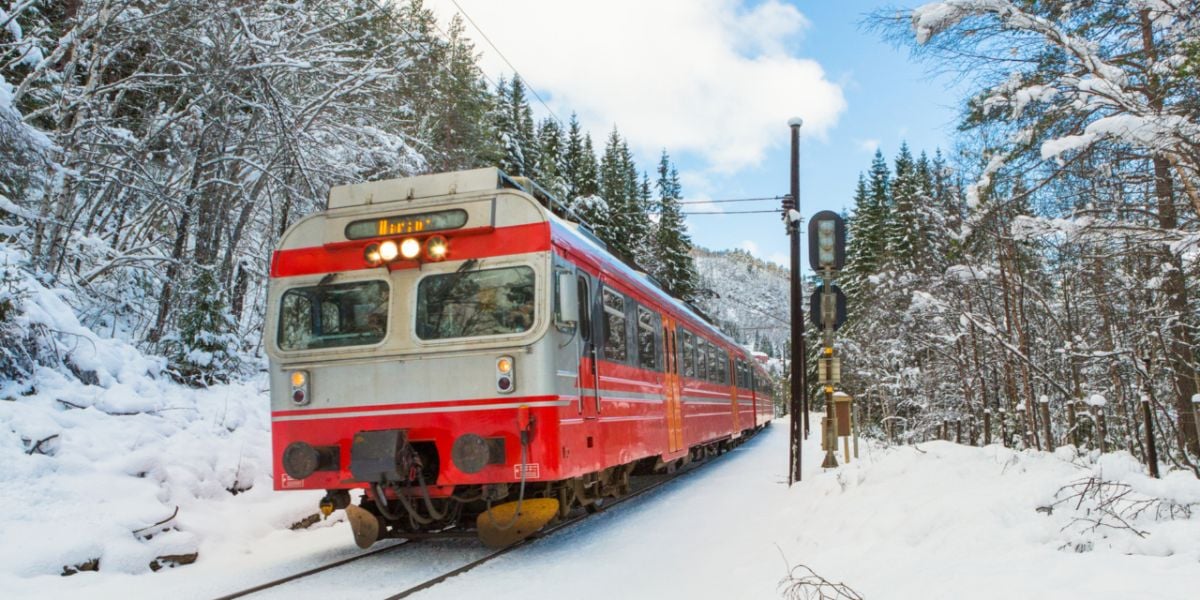
Norway's vast size and sparse population make flights a preferred mode of travel for long distances between cities. However, there are plenty of other transportation options available, particularly in Oslo and other major urban centers.
Public transport in Norway
Oslo boasts the most extensive public transportation network in Norway, including buses, trams, and metro services operated by Ruter. Most locals rely on Ruter's apps to plan trips and purchase tickets.
Ruter Reise provides real-time schedules for buses and trains in Oslo, Akershus, and surrounding areas.
Ruter Billett lets you purchase tickets and travel passes conveniently via the app. Tickets bought in advance before boarding are cheaper than those purchased onboard. A single ticket is valid for one hour across buses and metro services, costing approximately 42 NOK (as of September 2024).
Good to know:
Public transport typically operates from 4:30 AM to 12:30 AM, with night buses available.
Traveling by train in Norway
Oslo Station (Oslo S) serves as the country's main railway hub, offering connections to cities like Bergen and Trondheim and even international routes to Sweden. Trains operated by Vy (formerly NSB) and companies like SJ Norge often provide free Wi-Fi onboard.
Regular maintenance work around Oslo can affect train schedules. In such cases, replacement buses or shared taxis are arranged to ensure continued travel.
Taking a taxi in Norway
Taxis in Norway are relatively expensive, with rates varying by city and company. Uber made a partial return in 2020 with limited services. For short trips, apps like Bytaxi, Bolt, and Mivai can help compare fares and book taxi rides.
Traveling by boat in Norway
Maritime travel remains a popular way to explore Norway's fjords from March to October. Companies such as Hurtigruten and Norled offer scenic journeys through the fjords and connections to cities like Bergen and Tromsø. Additionally, international ferries link Norway with Denmark, Sweden, the United Kingdom, and Germany.
We do our best to provide accurate and up to date information. However, if you have noticed any inaccuracies in this article, please let us know in the comments section below.









